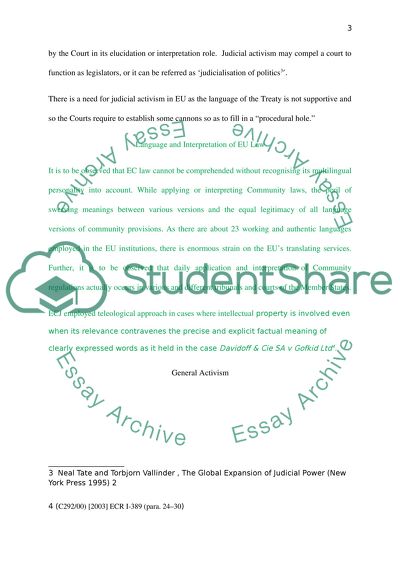Cite this document
(“JUDICIAL ACTIVISM BY EUROPEAN COURT OF JUSTICE Essay”, n.d.)
JUDICIAL ACTIVISM BY EUROPEAN COURT OF JUSTICE Essay. Retrieved from https://studentshare.org/law/1468551-with-particular-reference-to-the-manner-in-which
JUDICIAL ACTIVISM BY EUROPEAN COURT OF JUSTICE Essay. Retrieved from https://studentshare.org/law/1468551-with-particular-reference-to-the-manner-in-which
(JUDICIAL ACTIVISM BY EUROPEAN COURT OF JUSTICE Essay)
JUDICIAL ACTIVISM BY EUROPEAN COURT OF JUSTICE Essay. https://studentshare.org/law/1468551-with-particular-reference-to-the-manner-in-which.
JUDICIAL ACTIVISM BY EUROPEAN COURT OF JUSTICE Essay. https://studentshare.org/law/1468551-with-particular-reference-to-the-manner-in-which.
“JUDICIAL ACTIVISM BY EUROPEAN COURT OF JUSTICE Essay”, n.d. https://studentshare.org/law/1468551-with-particular-reference-to-the-manner-in-which.


